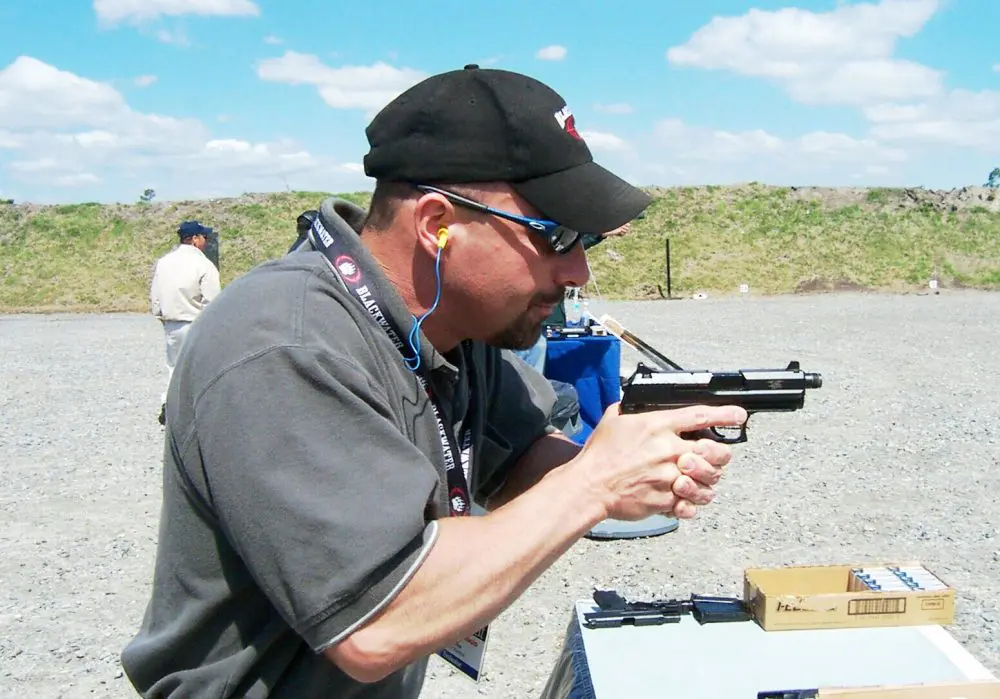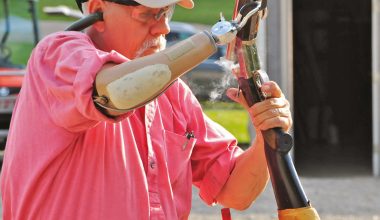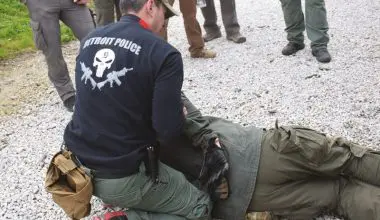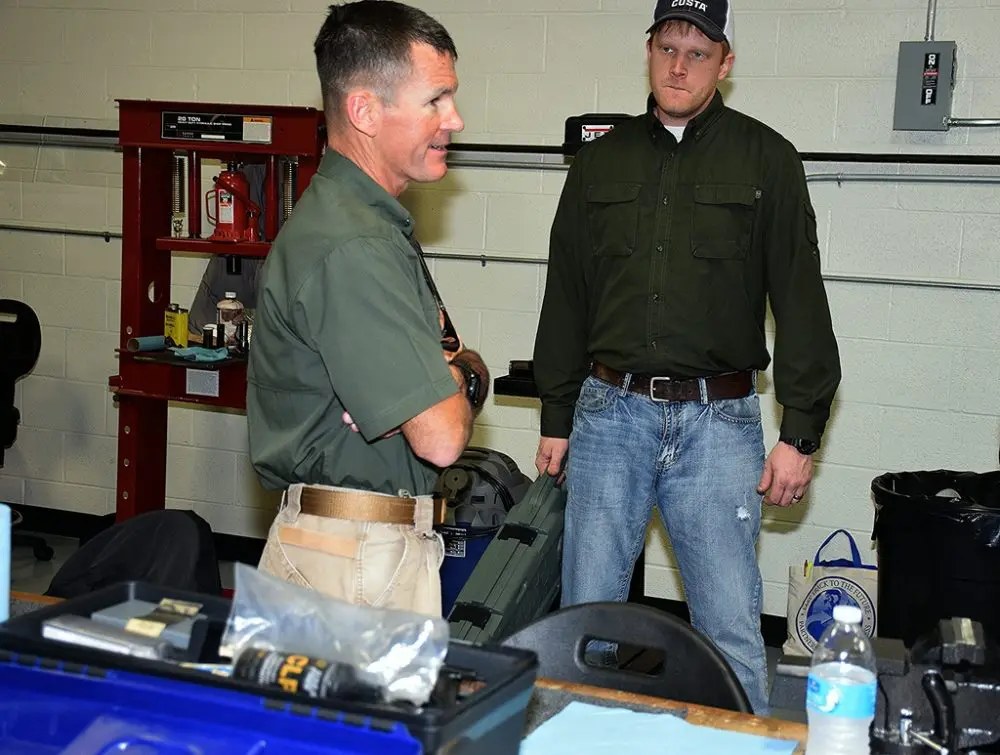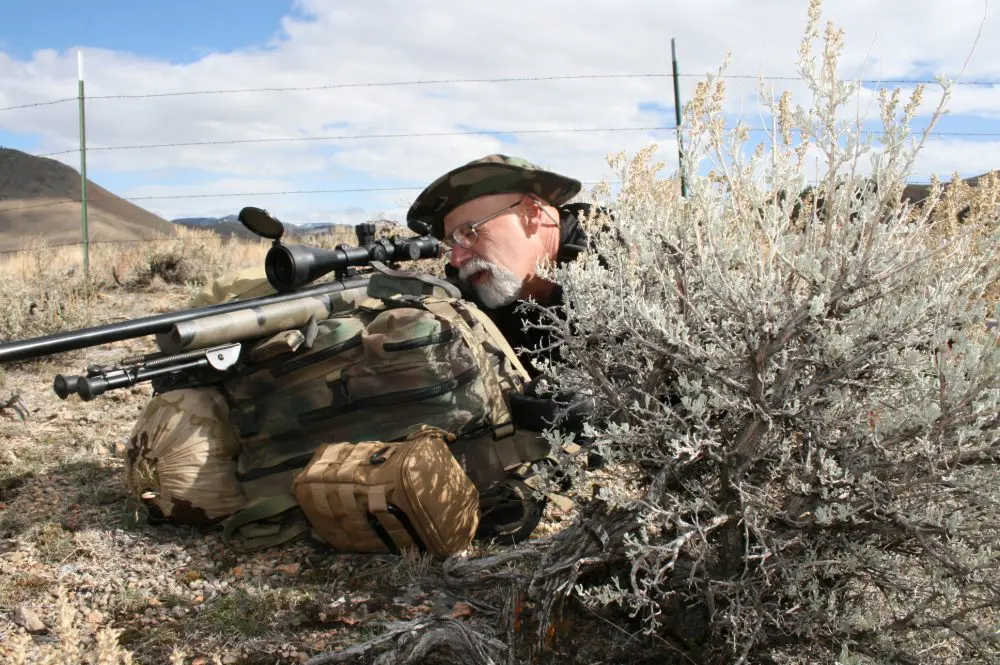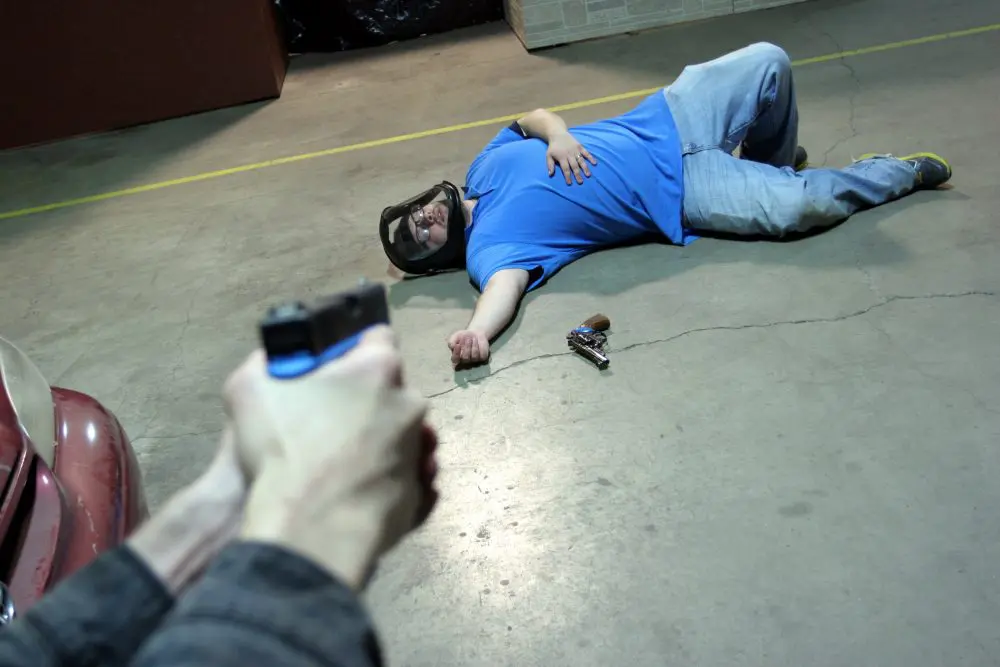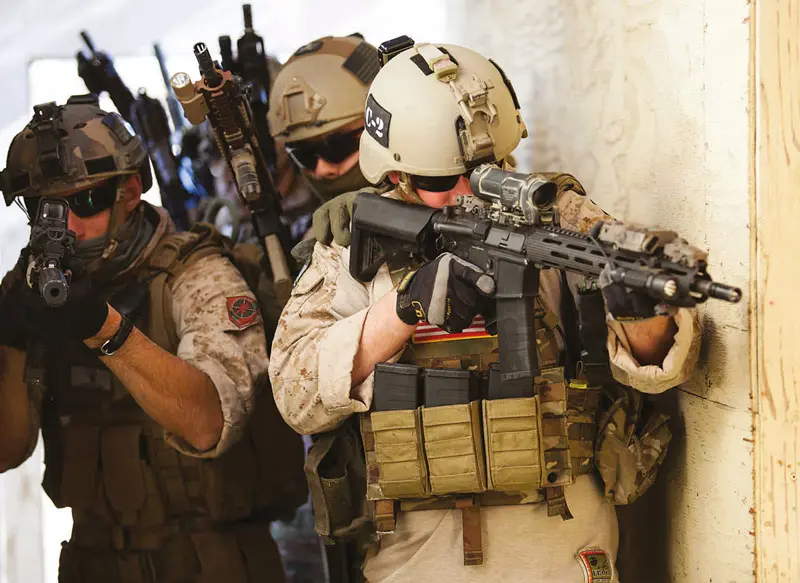
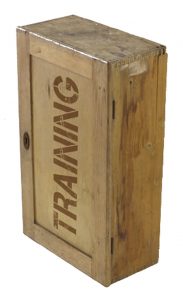 Many people do not consider Airsoft guns useful as training aids for enhanced weapon skills. This is folly, in my opinion. These devices are surprisingly effective, inexpensive, and easy to use.
Many people do not consider Airsoft guns useful as training aids for enhanced weapon skills. This is folly, in my opinion. These devices are surprisingly effective, inexpensive, and easy to use.
Table of Contents
PREVIOUS PRACTICE WEAPONS
My first exposure to use of practice weapons for force-on-force simulation training was in 1987. Lacking any type of simulation weapons, we used our standard-issue revolvers. The method was to collect the spent cases, replace the primer, insert wax, and into the fray. Don’t do this at home, kids!
At approximately ten feet, standard primers broke the skin, and magnum primers would rip the skin off your body. That was pretty much the extent of our so-called laboratory testing. The new guys (like me) were the shooting dummies and I had the blisters to prove it. I highly discourage this option due to the possibility of injuries or fatalities. There’s a danger of mixing rounds and inadvertently firing a live round.
Next saw the advent of paintball guns in useable designs. In 1995, while working with the U.S. Navy, the platoon I was embedded with issued these devices. The major problems with paintball are the lack of realism and handling characteristics compared to other firearm practice solutions, but they achieved the objective.
In 1998, we were issued the newest product, devices that fired a patented dedicated cartridge. It discharges in a similar fashion to real cartridges but is intended for training. The projectile is made of a plastic shell containing a small amount of colored soapy substance. Simply drop in a replacement barrel for your weapon, and off you go. The cost of this product is high, but it works well for the most part. The manufacturer requires you to attend their training certification course, and that is an additional cost as well. It all adds up.
On the downside, these devices have led to fatalities and severe injury during training sessions. This training product introduces many special safety concerns and requirements for proper safe use, which means it can be very dangerous. In addition, these shells can easily damage property because of their higher velocity and the increased density of the projectiles. As a result of these factors, organizations and agencies have built designated structures to contain the rounds and trap the projectiles in surrounding walls and barriers.
I was recently contacted by a legal firm as an expert witness on this training round. The request was in response to the severe injury of an officer during training with it. The attorney representing the injured officer requested supporting documentation from me: lesson plans, safety policy and agency- mandated requirements about this product. This was all in order to support a civil claim and proof of negligence on the part of the agency relative to the use of this product. The reason the officer was injured may have had to do with the product’s high cost.
The rounds have a shelf life and expiration date. If the rounds are not discharged in the stipulated period, they must be replaced. Purchasing new rounds can be very expensive. High cost precludes many agencies from using them widely and with regularity. Hence they train less and are operating with limited supplies of these devices.
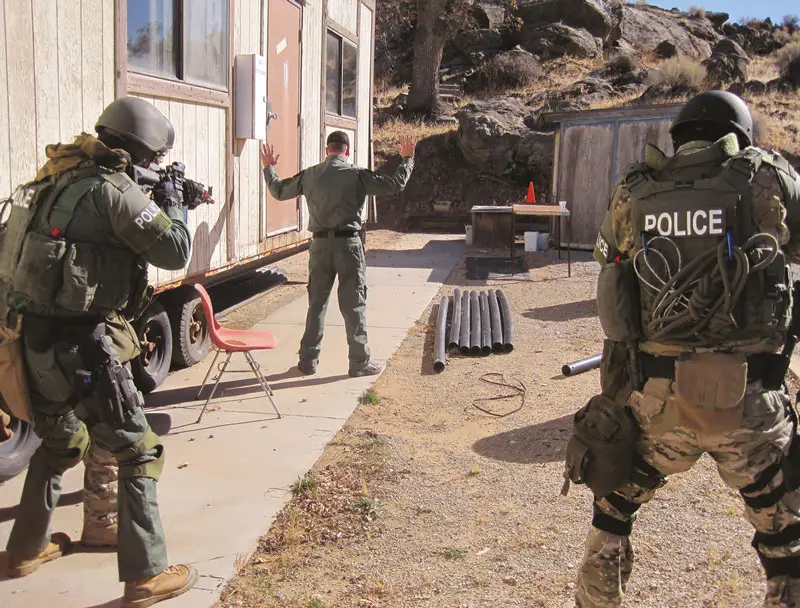
ENTER AIRSOFT
In 2003, I began testing, seeking and securing alternate tools to achieve better use of force training at an affordable cost. My research yielded the Airsoft alternative. There have been amazing developments and improvements in this realm.
The first step was to purchase several Airsoft guns and integrate them into our training exercises. We found Airsoft very useful, cost effective and realistic. Airsoft can be used in any type of force-on-force, collective, and individual training of all types and configurations. Airsoft is also excellent for use in beginning marksmanship and sustainment training.
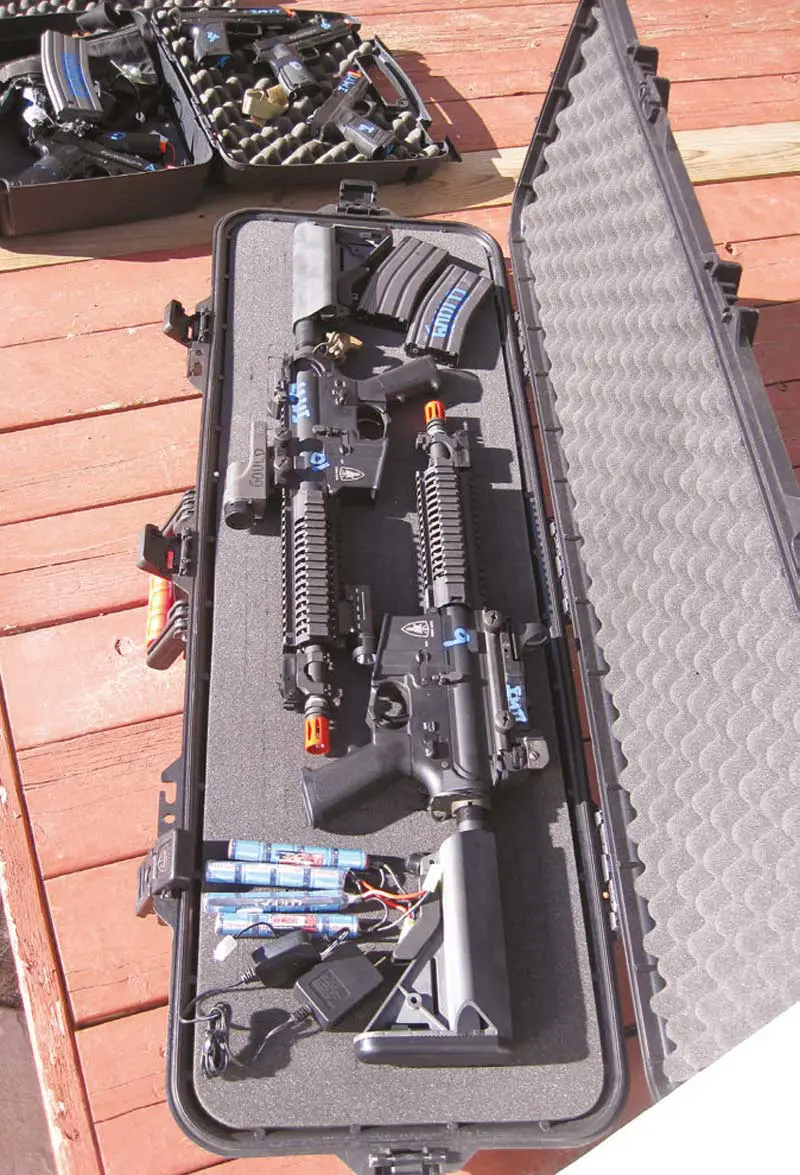
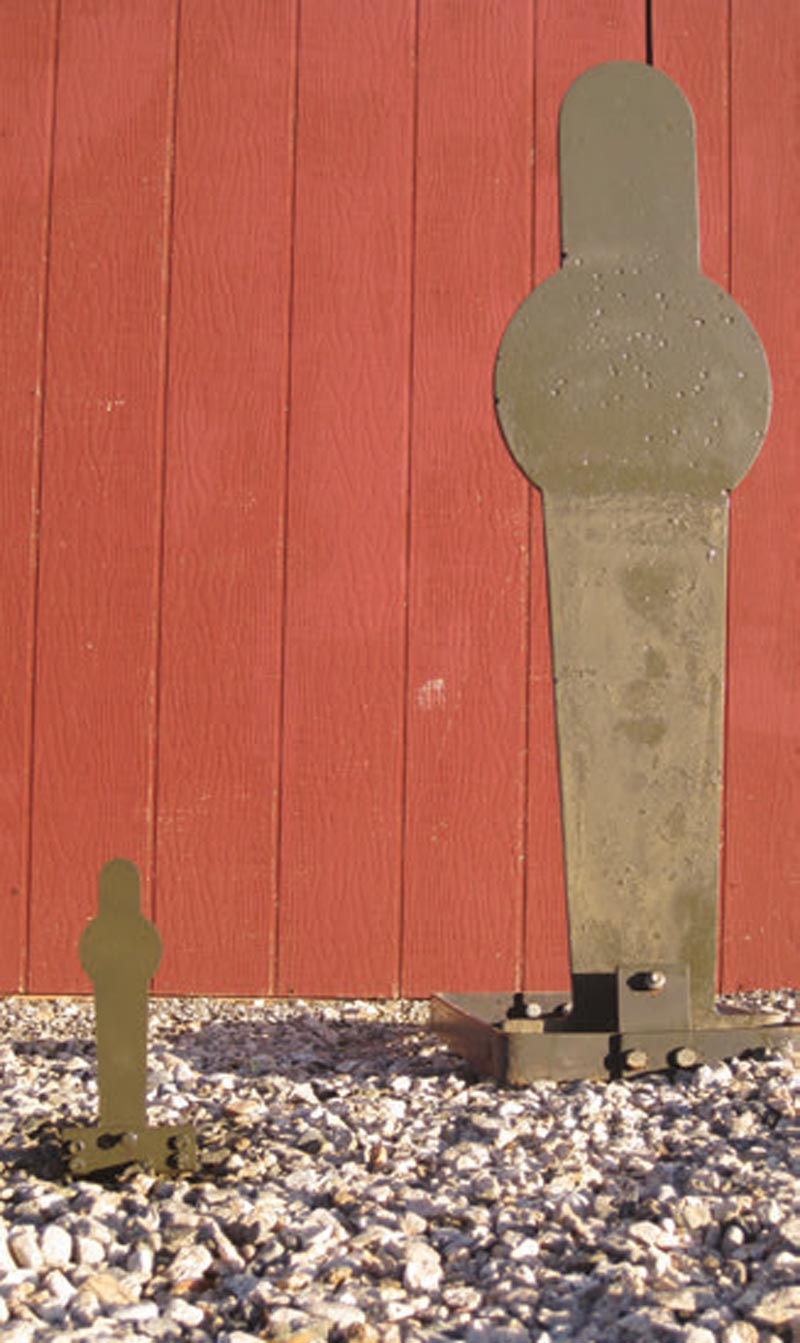
When training with Airsoft, we use reduced distances and targets to create a safe training environment virtually anywhere. There are a large number of commercially available metallic reactive targets for Airsoft by numerous manufacturers. I have used and can recommend BAM Airsoft targets available from Airsoft Extreme. They simulate pepper poppers, falling plate racks, Texas star, and numerous other designs.
Through the strategic use of these products, you can create competitive events and challenges. They provide the ability to conduct cost-effective training safely with regularity both inside buildings and outside. Imagination, creativity, and motivation can produce an excellent training event. Today, as the owner of a small training and consulting company, I use Airsoft regularly.
Many well-known groups and organizations are now employing this tool to support training, practice and skill enhancement.
TYPES OF AIRSOFT DEVICES
Gas Guns
Gas guns are capable of automatic and semiautomatic operation. The most common gases used are “green gas” and CO2.
Automatic Electric Guns (AEGs)
Electric-powered guns typically use batteries— often a rechargeable battery—to drive an electric motor that cycles an internal piston/spring assembly in order to launch pellets. Automatic, threeround burst, and semiautomatic operation is possible, which gives these guns the popular name “automatic electric guns” or AEGs.
Hybrid Guns
Hybrids are the newest type of Airsoft guns on the market. They are standard AEGs or Gas guns with an enhanced level of reality and are usually more powerful. I have found these to be much more expensive but generally much less reliable.
Spring-Powered Guns (Springers)
These single-shot devices use elastic potential energy (EPE) stored in a spring to compress air to launch an Airsoft pellet down the barrel of the gun. The shooter has to aggressively work the action and cock the spring gun prior to each shot. These are unacceptable for training and not useful in my opinion.
COST
An average pistol costs about $100. An average basic rifle with no bells and whistles costs about $150. You can spend much more on these devices; these are averages.
Much depends on the manufacturer, type, and level of realism desired. Generally speaking, you can acquire these systems inexpensively as compared to other like products.
Ammo is cheap and within any budget. These devices use a 6mm plastic BB that is projected at approximately 350 feet per second, sometimes faster. Average cost for BBs is about $15 for 5,000 rounds.
There are also biodegradable versions of the BB. While under contract with the U.S. Government, I discovered that biodegradable BBs are required for use at their facilities.
AIRSOFT POSITIVES
Airsoft offers greater availability of training sites and locations due to reduced damage and clean-up. You can use likely crisis locations for realistic training venues. This reduces site rental costs, travel costs and associated support, which in turn supports many more opportunities.
Numerous locations throughout the United States and the world have shoot houses, training fields, and even mock communities designed for training with Airsoft. One such place is Code Red Airsoft Park in Colton, California.
While writing this article, I visited them several times to examine the facility. They have a 3,000-square-foot shoot house, full city scape with numerous structures, open fields, trenches, and obstacles. It’s an extremely elaborate facility.
You can use Airsoft just about anywhere with minimum set-up or possibility of damage. Be safe and always use appropriate eye protection, which is essential because the plastic BBs tend to bounce and sometimes bounce off a target and come right back at you. This is particularly true when using steel targets and even softer material. The BBs hit hard upward of 15 to even 25 meters and they sting when hitting bare skin, so be careful.
The great thing about Airsoft is you can set up scenarios in your home and conduct a search safely with possible shoot scenarios. Due to the realism, safety and reduced sound, you can set up targets in the home with few concerns.
If you live in a metropolitan area or don’t have ready access to ranges, you can train in the comfort of your house or apartment. Set up an indoor range and train at your convenience. In order to avoid a police response, train in an area away from public view.
Airsoft has proven safe, cheap and realistic in a controlled venue. Since these products closely resemble real weapons and their handling characteristics, they can come with rails that allow use of accessories including slings, holsters, scopes, and lights. This means you have the ability to set up your Airsoft just like your real weapons.
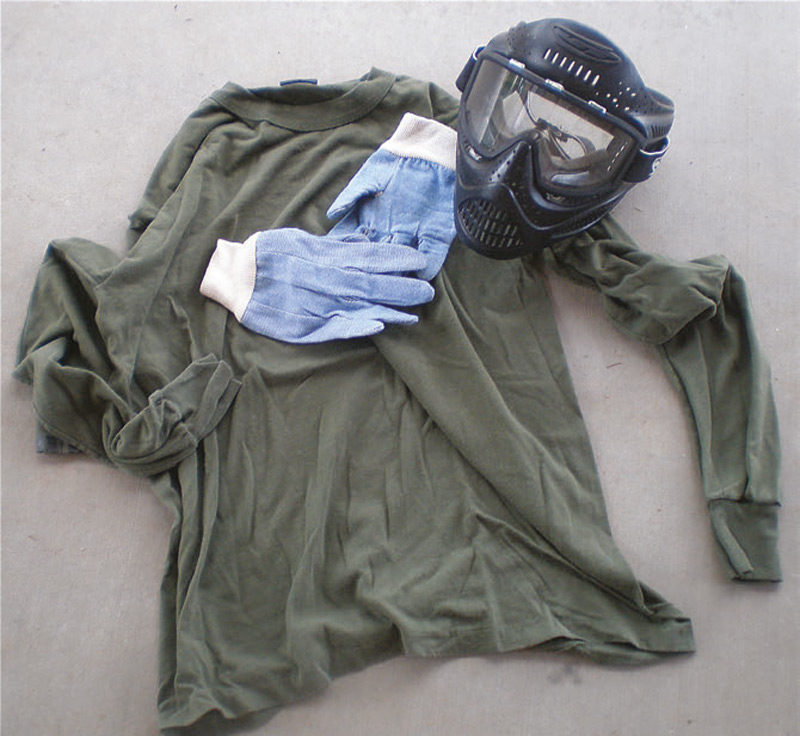
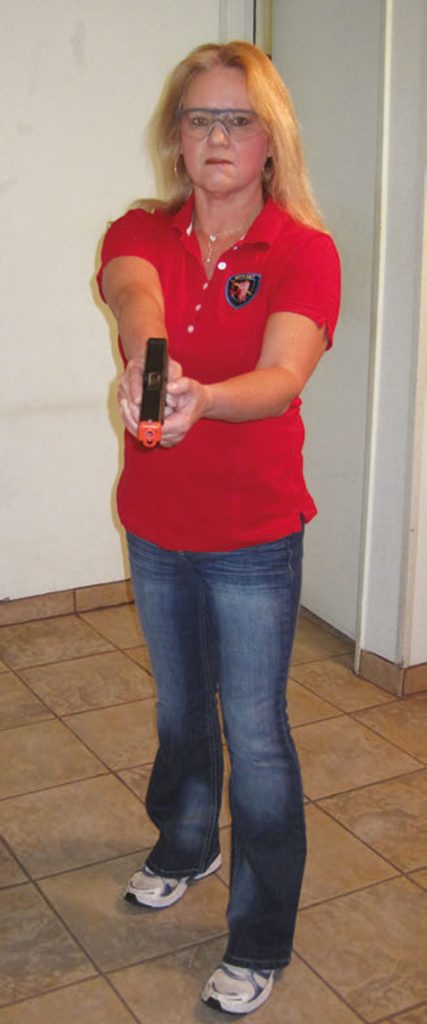
AIRSOFT NEGATIVES
Airsoft weapons are not as durable and tough as real weapons. Rough handling and impacts on the system can cause damage.
They also require maintenance and regular cleaning. Airsoft is much more sensitive to debris and environmental effects. Another downside is that the student cannot perform malfunction clearance procedures in the manner he would with a real weapon, but this is a small price to pay against the potential upsides.
Electric Airsoft weapons tend to be much more reliable than the gas-operated types. Gas-operated weapons with refillable cartridges are more susceptible to damage and more expensive to replace. Also, Airsoft handguns are more delicate and less reliable than rifles.
GENERAL RECOMMENDATIONS
I prefer electric-operated rifle systems and CO2 driven handguns, which have the best mixture of cost, reliability, and serviceability. Avoid rechargeable gasoperated blowback-type rifles. They seem very realistic visually and functionally, but are approximately double the cost of like systems and not worth the extra dollars. They are also less reliable and durable compared to other Airsoft products. In many cases, you will spend more time repairing them than training.
I recommend electric rifles with real capacity magazines. Magazines for these types of weapons are relatively cheap—around $20 each—and easily replaceable. They are durable and reliable. On the other hand, magazines for the gas-operated hybrid types cost upward of $50 each. Reality versus reliability is a fine balancing act that must be considered prior to purchase and use.
When selecting an Airsoft product vendor, ensure they have a base of operations in the United States and the distributor can repair and assist with maintenance of the weapons. Most local Airsoft dealers provide repair and staff technicians on hand. Investigate product repair locations, customer service, and warranty details prior to purchase.
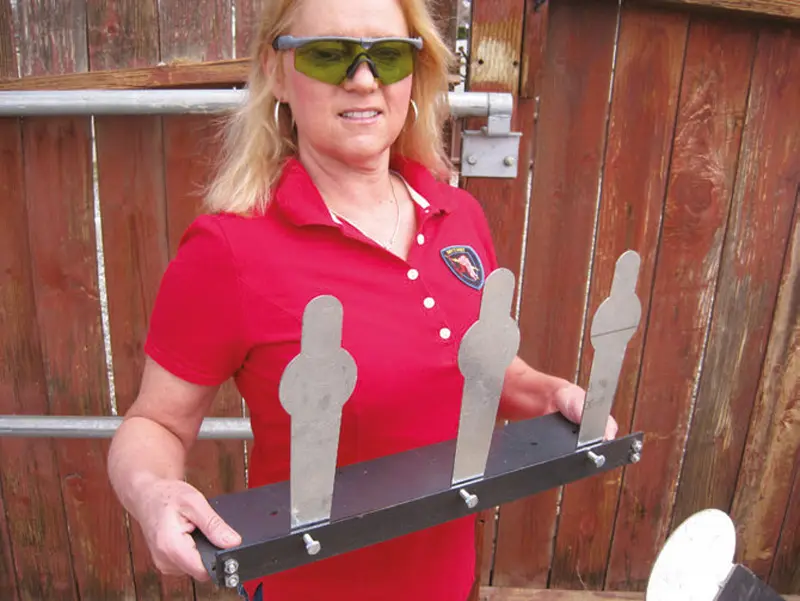
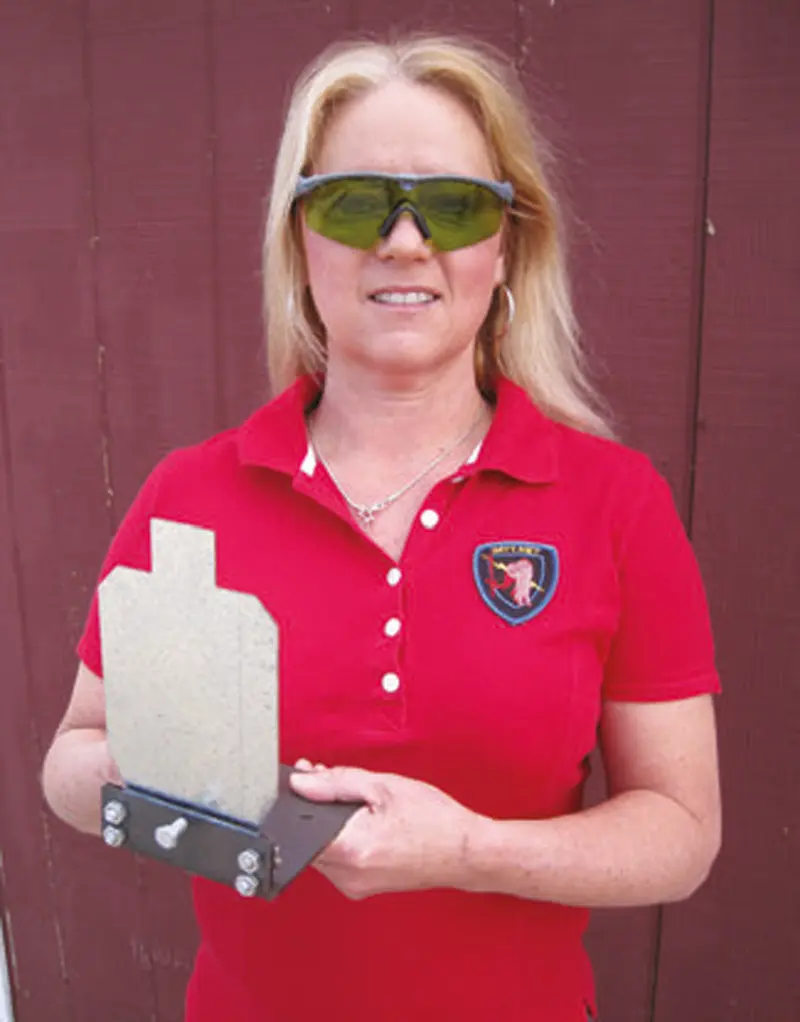
CONCLUSIONS
No matter how many precautions are taken, training injuries can result. Unfortunately, most of these are due to overzealous students, actors and instructors. Negligence with regard to safety practices and attempting to simulate reality too closely are the most common reason for injuries.
Another avoidable problem in firearm simulation is competitive and egotistical actors who wish to eliminate students as quickly as possible. This attitude undermines and compromises the training effect. Poor control measures relative to “bad guys” and rogue actors compromise beneficial training environments and should never be tolerated by instructors. These actors undermine the team objectives and destroy the training event’s usefulness.
Other training problems are degradation of the event through horseplay, lack of professional comportment, and anti-social behavior, all of which should be unacceptable to any professional instructor. All actors must be strictly briefed and forced to comply with the event script while adhering to all safety precautions.
Instructors must understand how to utilize actors and direct them toward the objectives of the specific training cycle. The instructor’s missions are to ensure control measures, compliance and removal of those personnel who create a negative training result. Instructors are not there to demoralize students and increase “body counts.”
We spend training dollars via salary and overtime provided by agencies. Wasting this money is not an option. Common training difficulties range from environmental factors to personnel issues and general lack of understanding of how to conduct this type of training. Unless trainers are well educated in proper training methodologies and safety, the end result can be seriously problematic. Training mistakes and poor planning can result in loss of work, workers compensation claims, or serious injury.
Another complaint with regard to Airsoft is the lack of velocity, impact, and recoil impulse. No training system is completely realistic, hence the term “training device.” The cost and benefits of Airsoft in the training environment far outweigh any negatives. If the actors are correctly briefed and the instructor is a competent professional, these are non-issues. None of the drawbacks relative to this product are sufficient in my opinion to restrict Airsoft from training.
This article is too short to provide all the information needed to understand everything about Airsoft, but I hope it gives you enough motivation to give it a try. As with any firearm training device, use safety gear and follow all manufacturer’s recommendations.
Do your homework and ask around. Train hard, and make that training as realistic as possible.
